Wobbly Otter Outdoors Videos
Exploring & Camping Inside Canyon de Chelly, AZ
- Details
- Written by Cris
- Hits: 2531
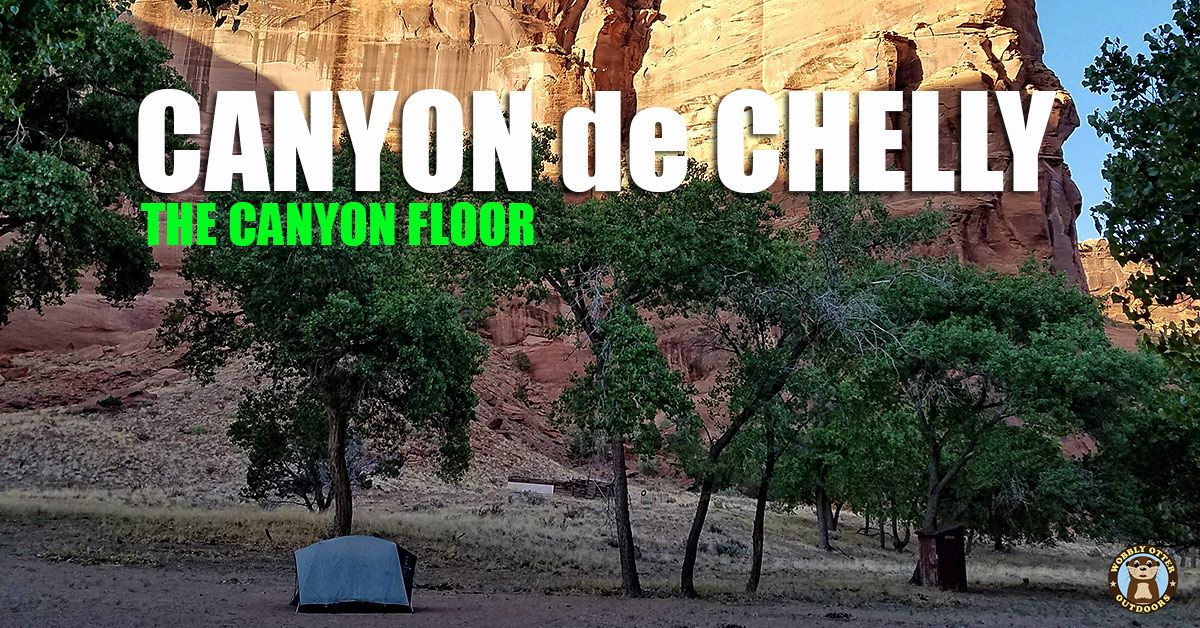
In this second video about Canyon de Chelly, we're going into the canyon with a Navajo guide and camping overnight. It's amazing how seeing everything from the canyon floor is so different from seeing it from the canyon rim.
We booked this canyon floor tour and camping through the Spider Rock Campground host. This morning, we leave our camp site that is in Spider Rock Campground on the canyon rim and ride with the Navajo guide. You can see it all too in the video below.
Thank you for watching. We hope you'll subscribe to get the best Wobbly Otter adventures, how to's, and gear reviews delivered directly to you.
Other than the White House pueblo trail, for all other canyon floor access you must be with an authorized Navajo guide or a US Park Ranger. Before we can enter the canyon, our guide takes us to the office where we are required to check-in and get our permit for access.
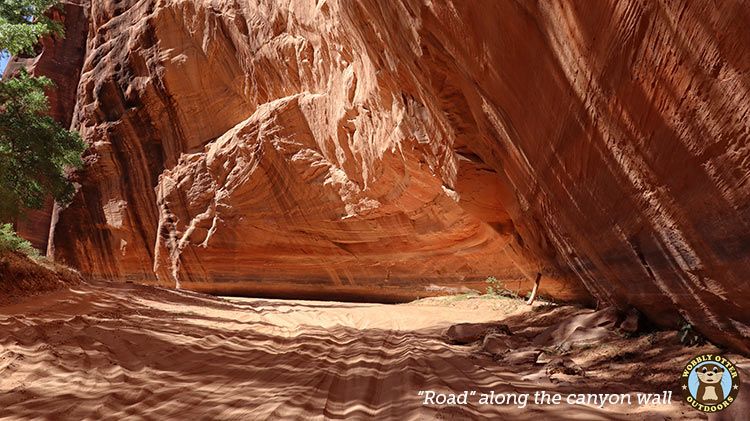
It's been a dry, so much of the canyon road is soft, thick sand.
Canyon de Chelly contains dwellings and rock art of 5 peoples: the Archaic (2500-200 B.C.), the Basketmakers (200 B.C.-A.D. 750), the Pueblo (750-1300), the Hopi (1300-1600s), and the Navajo (1700-present).
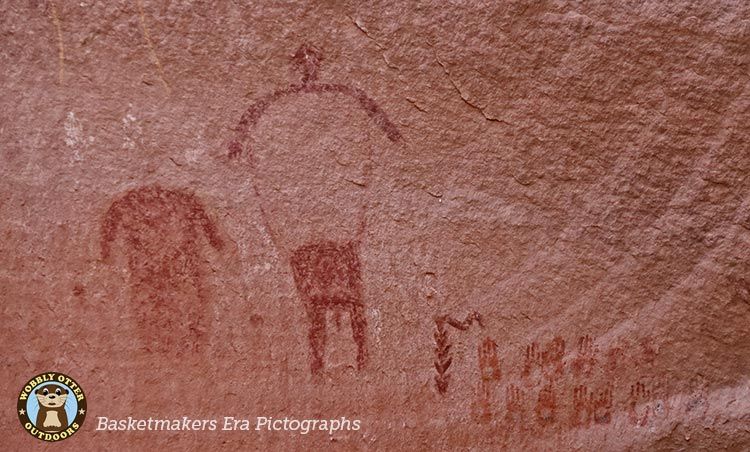
The Navajo still live here today. Respectfully, and at their request, images of the Navajo and their personal belongings are not included or are blurred in our video.
White House Ruin is named for the long white plaster wall of the upper dwelling. White house was constructed and lived in by the Ancestral Puebloans about 1,000 years ago.
Cottonwood and russian olive trees are prominent in the canyon floor, along with the indigenous tamarisk bushes. The flowers of the russian olive trees smell immensely sweet. The russian olive trees were planted to assist with erosion control, however they have sort of taken over. There are projects organized by the National Park Service and Navajo Tribal Trust of the Navajo Nation, to routinely cut down areas of the russian olive trees.
Window Rock is only visible from inside the canyon. Like so many canyon sights, it is very picturesque.
The sandstone Spider Rock rises upwards of 750 feet from the canyon floor at the junction of Canyon de Chelly and Monument Canyon. Spider Rock has spiritual and cultural significance for the Hopi and the Navajo. Visitors come from around the world to visit the canyon and Spider Rock.
Our guide takes us to the place we will make camp. It is near Sliding House. The property has been in his family for generations.
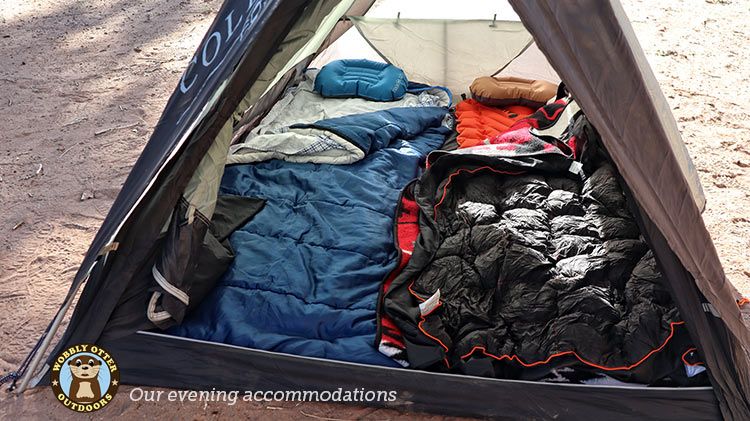
We setup our little Coleman pup tent that we've had for years. The area we camp is a nice, sandy river valley under huge cottonwood trees. We have our very own outhouse.
Our guide shows us some pottery remnants along with mortars and grinding stones that have been found on their property on the canyon floor. The designs and colors are so pretty.
Built around the year 900, Sliding House contained up to 50 rooms and 3 kivas. It was occupied until the mid-1200s. The sloping floor of the ledge gives the dwelling its name. A large part of the once huge structure has fallen off of the ledge.
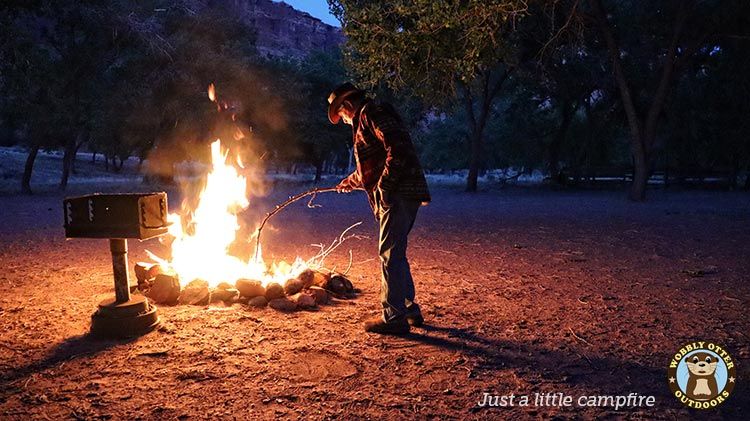
It's a beautiful evening and we sleep oh so well in our little tent.
The next morning, Bill discovers we have had a little furry visitor in camp. There a small digging spots all around under the trees that we think were made by a racoon. It looks like the racoon was digging up and eating antlion larvae. It's cold this morning, so I don't dig up a cold little antlion larvae to show it to you while in Canyon de Chelly. However, in the video, when we are back home in very warm Texas, I dig up an antlion larvae so you can see it.
After breakfast, we explore Canyon Del Muerto. The falling fluff covered seeds of the Cottonwood trees is so thick it looks like snow.
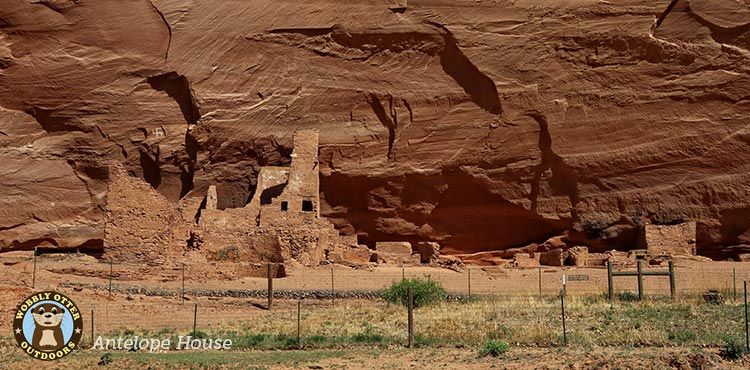
Antelope House is on the canyon floor (as opposed to being on a canyon wall ledge) so it is easier to see. It is named for its images of antelope that are attributed to Navajo artist, Little Sheep, who lived here in the early 1800s. They represent the Navajo returning to the canyon to thrive again after the Long Walk and their imprisonment at the Bosque Redondo Reservation near Fort Sumner, New Mexico.
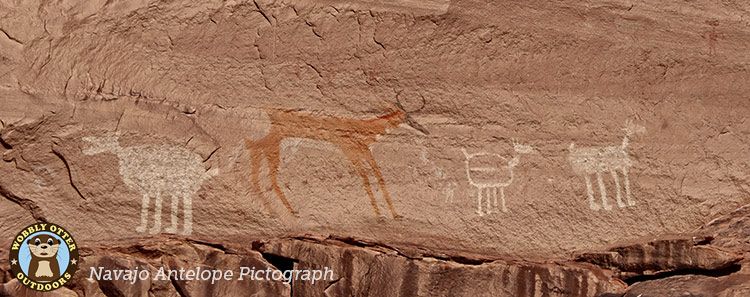
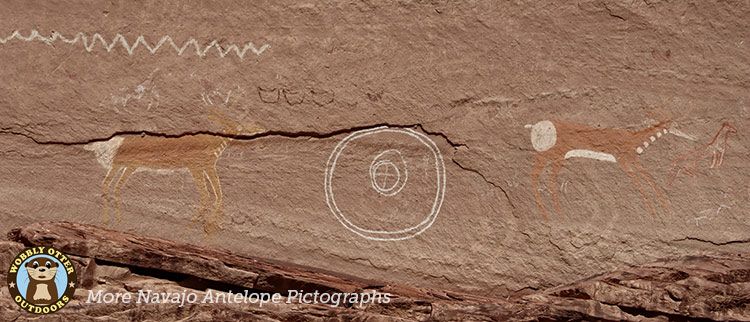
Antelope House pueblo stood 3 to 4 stories high, had more than 80 rooms and at least 7 kivas. It has two room blocks connected by a central, circular plaza. It is the only site in the canyon to have this type of plaza. There is a swastika symbol on the cliff wall at Antelope House. Long before the swastika was adopted as a symbol of the Nazi Party of Germany in 1920, it was used by Native Americans and had different meaning. For Native Americans the ancient whirling log symbol represents: the sun, the four directions and the four seasons.
Informational Links
Canyon de Chelly National Monument, National Park Service: https://www.nps.gov/cach/index.htm
Canyon de Chelly National Monument, Wikipedia: https://en.wikipedia.org/wiki/Canyon_de_Chelly_National_Monument
Whirling Log Symbol/Swastika Symbol to Native Americans: https://nativeamericanjewelrytips.wordpress.com/2010/06/10/native-american-symbol-whirling-log-swastika/
Links to Some of the Camp Gear We Use on this Trip
If you'd like to support Wobbly Otter Outdoors all you have to do is watch our videos. Okay, here are some other ways to support us too.
Disclosure: Some of the product links on this page are affiliate links, and at no additional cost to you, we may earn a small commission if you make a purchase after clicking through the link. By using these links you help support Wobbly Otter Outdoors. Thank you.

 We appreciate your interest in, and
We appreciate your interest in, and